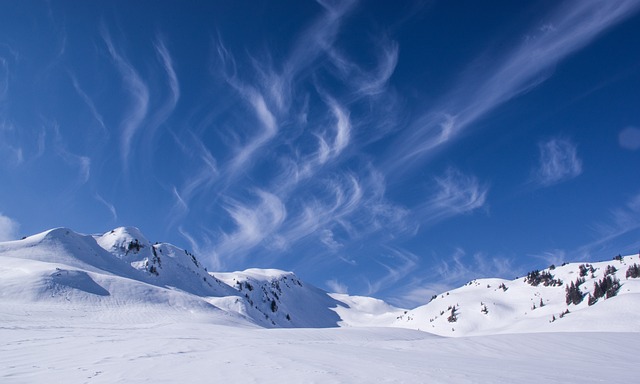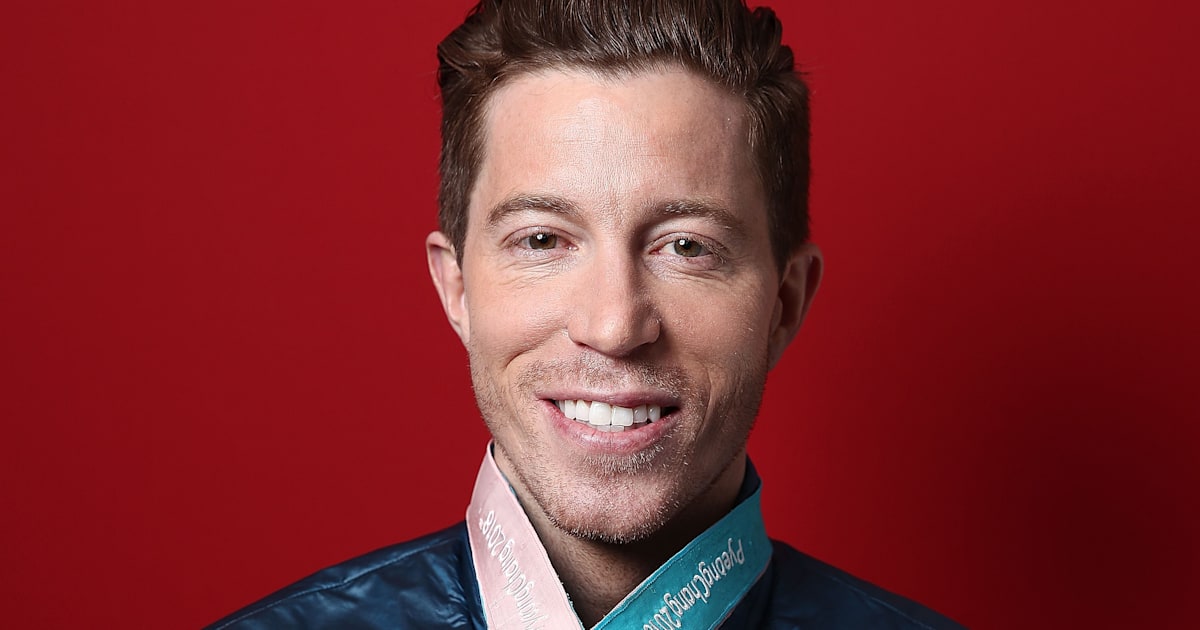
Barefoot ski-boarding is a new sport that allows you to ski on the water's surface without using traditional skis. This new activity has become increasingly popular and is now a recognized sport division by USA Water Ski (the national governing body for water ski).
In Florida, barefooting was first developed as a recreational activity in the 1940's. However, it took some time for this new way of gliding on the lake to gain popularity among those who didn't have the opportunity to try traditional water sports. Since then, the sport is taught in many water ski schools around the globe.
Getting Started
Barefoot skiers use a boom, which is a long pole that hangs above the edge of a boat. It allows them to ski directly beside it. The pole allows the barefooter lift their weight forward, which makes them ski faster than those who use shoe-skis.
If you want to get the most from your barefoot skiing, practicing on a boom can help you learn how to lean correctly. You can also learn new barefoot tricks and not risk your skis.

Speed
Barefooters can travel up to 30 to 45 mph on a boom. However, they will not be able do that if they are using shoe-skis. A boat designed to handle the speed and small wakes of a boom is a great option for barefoot skiers.
A good barefooter is a hard worker and will be able to do a lot of practice on the shore before heading out onto the lake for a tournament. A barefooter should try to practice on a flat lake with clear, calm water to develop their skills and excel in a competition.
Jennifer Calleri is one the most well-known barefooting champions. She is a member the American Barefoot Club, and has received numerous awards throughout her career.
Nadine, who is South Africa's Nadine Del Villiers, competes under the tricks category. She made a highest score of 3290 in the Freestate Barefoot Championships in Feb 2000.
Injuries
Waterskiing can cause injury to barefooters in a variety of ways. These injuries can vary from minor to serious and can keep you off of the water for up to a year or more, depending on the severity.

Barefooting injuries include strains, tears and sprains of the ankles. These injuries are often caused by improper body position and are easily prevented by wearing a pair of breathable, waterproof boots.
Fractures of the feet are the most serious injury to barefooting. This can lead to permanent disability, paralysis, or even death. This injury is common for athletes who are just learning barefooting.
There are many barefooting schools and instructors that can help you avoid these injuries. They can also assist you in avoiding injury if your accident occurred on the water.
FAQ
What is the first thing you should do upon arriving at your travel destination
A plan should be prepared for each step of your journey. This helps you to know what to expect and where you should go next.
Planning ahead is essential to avoid being late for any important events.
If you plan to spend more than one day in a given city, it is important to research the museums, parks and landmarks that you would like to see.
A map of the area may be useful and you might want to read up on the history.
What documents should I keep handy when traveling?
To make it easy to find important documents on the road, keep copies at home. Keep a backup of your passport and driver's licence, as well as any credit card information, if you intend to use an ATM.
It's always a good idea for you to have a photocopy with you of your passport in case you need it.
Also, don't forget to include copies of your itinerary and reservations. These will help you remember where you are going and what you plan to see.
You should also keep a copy your hotel reservation and flight ticket details. This way, you'll be able to contact someone back home if you get into trouble.
Finally, it's always a good idea not to leave anything valuable unattended. Keep your valuables safe by storing them in a money belt or inside your luggage.
Ensure you check your baggage before leaving to avoid losing expensive items.
Remember: It's always safer to keep things simple than to try to over-plan everything.
Let's just be relaxed and enjoy the journey!
What snacks are allowed on an airplane?
There are many different types of snacks available for you to choose from when flying. Consider bringing along any food that you are fond of while traveling.
If you love chocolate, for example, you might want some chocolates and other treats like biscuits and crisps.
Perhaps you want something savory? You could pack some crackers or cheese.
It is also important to consider the type of beverages you'd like to bring onboard. Perhaps you'd prefer something cold or hot?
Whatever type of snack or drink you decide to bring along, make sure they are all packed safely and securely.
It will be easy to transport them without worrying about them being damaged.
Statistics
- Case in point: the private island of Ilha Caldeira, less than seven miles off the coast as part of the Primeiras and Segundas Archipelago, is located within the marine-protected area with 20 percent of the country's intact living coral. (travelandleisure.com)
- They're also likely to offer babysitting services, in case you'd like to have dinner one night after 7 p.m. (travelandleisure.com)
- Between the ages of 11 and 13, kids, or tweens, will likely want some autonomy but also need boundaries. (travelandleisure.com)
- No Checked Bags: No Alcoholic beverages with more than 70% alcohol (over 140 proof), including grain alcohol and 151 proof rum. (tsa.gov)
- Alcoholic beverages with more than 24% but not more than 70% alcohol are limited in checked bags to 5 liters (1.3 gallons) per passenger and must be in unopened retail packaging. (tsa.gov)
External Links
How To
Do you know of any websites selling airline tickets that are cheaper than others?
Yes, there are many websites that sell cheap airline tickets.
However, not every one of them is reliable and secure. Make sure you read all the reviews.
Here are some examples of cheap flights you might find:
-
Cheapflights.com
-
Skyscanner.net
-
Momondo.com
-
Kayak.com
-
Google Flights
-
Hipmunk.com
-
Expedia.com
-
Orbitz.com
-
Priceline.com
-
Hotwire.com
-
Travelocity.com
-
Cheapoair.com
-
CheapAir.ca
-
CheapOair.com
-
CheapTickets.co.uk
-
LastMinute.com
-
CheapTrip.com
-
CheapRentals.com
-
HotelDiscounts.com
-
Agoda.com
-
Booking.com
-
Trivago.com
-
Cheaptickets.com
-
Travellink.com
-
Momondo.com (for only flights)